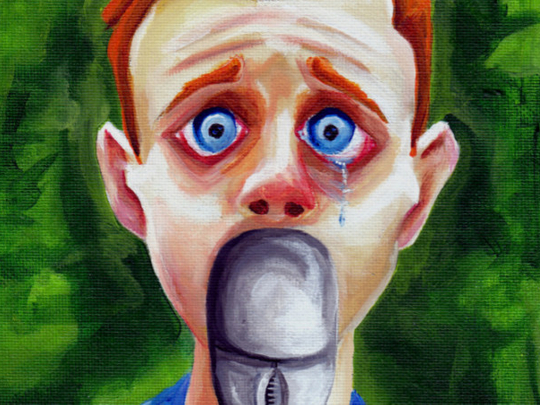
If the thought of your child being bullied at school breaks your heart, consider this: you might not even notice.
Not because you’re too busy, far removed or a bad parent, but because these days, bullying has taken on a whole new persona. It can happen anywhere and to anyone, but with the rise of technology, it is now easier, faster and almost impossible to trace.
Changing faces
It used to be that a black eye, ripped school shirt or a daily lost lunch box could help parents determine what was going on in the playground. As with most things, technology is changing the face of bullying, as well as the traditional bully. Welcome to the age of the cyberbully. The basic concept hasn’t changed but the platform has.
Bullying is repetitive, unwanted, aggressive behaviour involving a real or perceived power imbalance. It includes making threats, spreading rumours, attacking someone physically or verbally and excluding someone from a group on purpose.
Support groups define cyberbullying as the use of information communication technology to torment others in a deliberate, often repeated, hostile manner. Don’t let the lack of a square punch in the jaw fool you because the severity and consequences of the incidents are alarming — and they are backed up by equally alarming statistics.
Unfortunately, the UAE is not without victims. A study by the International Computer Driving Licence GCC Foundation, a global computer literacy initiative, revealed that nearly half of the country’s teenagers have been victims of online threats.
The survey questioned 883 UAE teenagers between the ages of 14 and 18. One-in-two responded that they had encountered cyberbullying, identity theft or harassment. While no deaths have been reported as a direct result of cyberbullies in the UAE, experts believe that it’s only a matter of time.
Barry Lee Cummings launched Beat The Cyberbully campaign in the UAE to increase awareness and education around the issue of online harassment.
“In its simplest form, cyberbullying is targeting an individual, usually on a social media platform or an app, degrading them or taunting them, starting rumours about them, defaming and humiliating them,” Cummings tells GN Focus.
“The worrying trend at the moment is the release of apps for mobile devices for anonymous communication, making it easier to send abusive messages while the receiver will never know who sent them,” he says.
Taunts on social media
Examples of cyberbullying at school can be criticising someone’s social media profile or continual taunting on their Facebook page. It can go as far as setting up anti- (student’s name) groups, pages or accounts on social media platforms.
Cyberbullying is by no means a new phenomenon. In the UAE, school counsellors and students, many of whom have experienced varying degrees of cyberbullying, report it going back as far as 2007, says Cummings.
Worldwide, the issue has been prevalent for longer and with dire consequences including suicide.
“Tragedy around the world is exactly why the Beat The Cyberbully campaign is so important right now,” says Cummings.
“We want to try everything we can to prevent any child feeling the only way out of their current situation is to take their own life. For us that is just unacceptable.” 7













